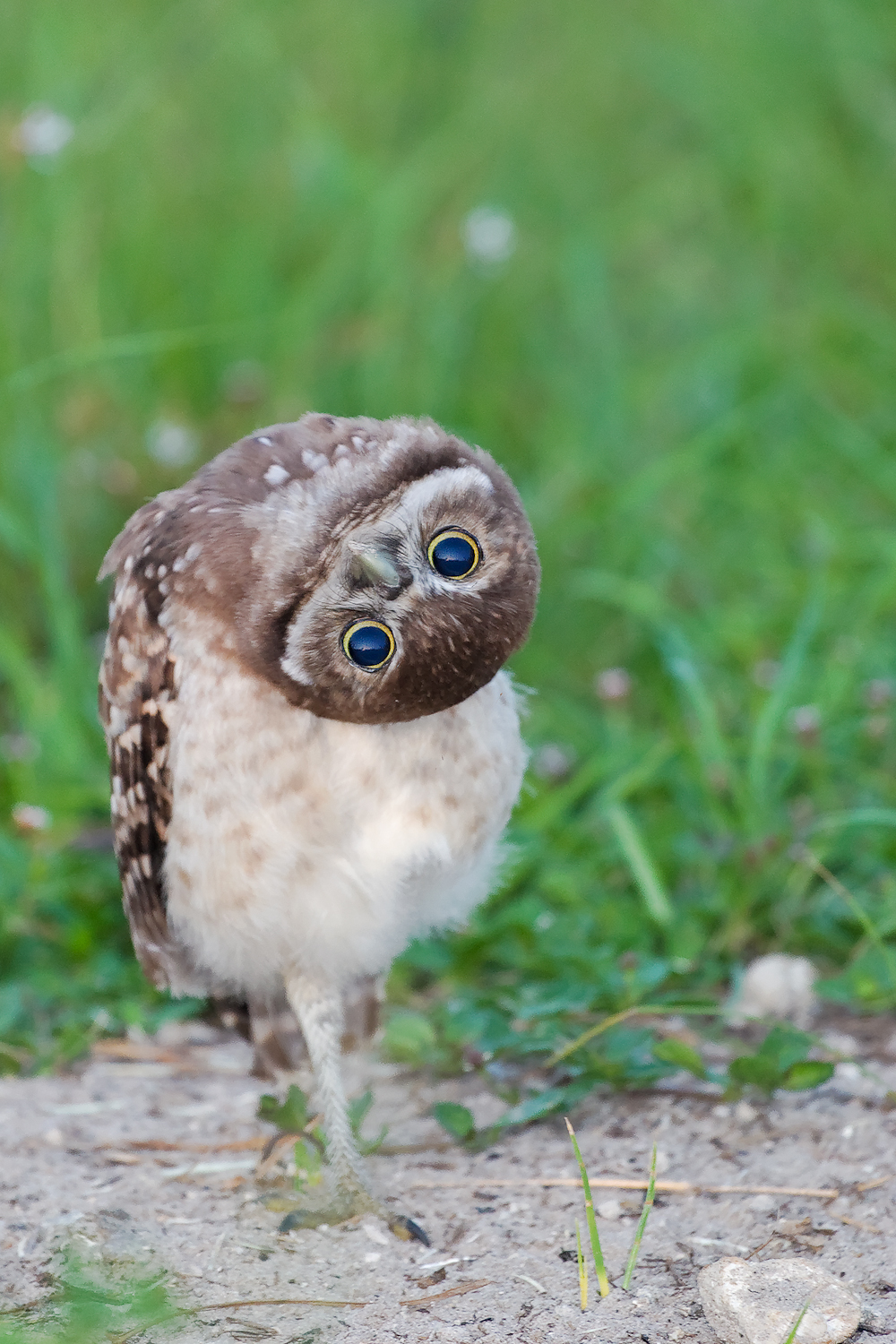 Less than 12 inches tall with long thin legs and a short tail, the burrowing owl is primarily found in dry, open grasslands, rangelands, agriculture fields and prairies all over North America. But in the last century, human disturbance to the owls’ nesting habitats has led to their decline. In states like Arizona, remaining owl populations are threatened by human disturbances to the open grasslands they occupy. The owl is protected under the federal Migratory Bird Treaty Act, which requires avoiding, minimizing or mitigating for harm to the birds and their habitat.
Less than 12 inches tall with long thin legs and a short tail, the burrowing owl is primarily found in dry, open grasslands, rangelands, agriculture fields and prairies all over North America. But in the last century, human disturbance to the owls’ nesting habitats has led to their decline. In states like Arizona, remaining owl populations are threatened by human disturbances to the open grasslands they occupy. The owl is protected under the federal Migratory Bird Treaty Act, which requires avoiding, minimizing or mitigating for harm to the birds and their habitat.
According to Sabra Tonn, Program Supervisor for the Arizona Heritage Data Management System at the Arizona Game and Fish Department, one approach to mitigating harm is to relocate the birds.
“We’ve seen the burrowing owl successfully relocate to artificial burrows, abandoned animal burrows, say of a tortoise, and to more unusual places.”
Some of these “unusual places” include baseball fields, golf courses and even airport runways.
Airport runways?
“Yes! They’ll nest near airport runways if you create space for them,” said Tonn.
In Florida, for example, Norman Hegedus, Airport Manager at Miami International has figured out a way to safely accommodate the 15 or so owls currently living by the busy runway.
“Our primary objective is to keep people safe but we’re also interested in preserving the burrows on the property,” Hegedus said. His crew regularly checks the burrows and on occasion, will relocate them if a burrow turns up inside the fly zone. “We make sure the burrows are at least 280 feet off the main runways’ center lines, well outside of what is referred to as the ‘runway safety area.’”
Tonn and the NatureServe Network’s goal is provide the scientific data to assist the safe relocation of the burrowing owls, especially those in the direct path of commercial development. The Network program has collected data related to the owls’ burrowing habits that supports passive relocation in areas where development has already begun. Constructing artificial burrows as close to the natural burrows as possible while maintaining a safe distance from trees, sidewalks, roads and other human disturbances will help the owls’ transition to new homes.
Our Network program's data has also been useful in steering the location of future development.
“If we can properly show the areas where the owls are making homes, there’s a better chance that commercial developers and other real estate projects may move to a non-threatening location,” said Tonn.
Whether it be an airport runway or an artificial burrow in a desert grassland, the burrowing owl is a resilient species with the ability to live in a variety of habitats. However, they need help to survive in a new ecosystem. With help from our Network Member in Arizona and others around the country, the burrowing owl can be conserved and protected, no matter how unusual the habitat.